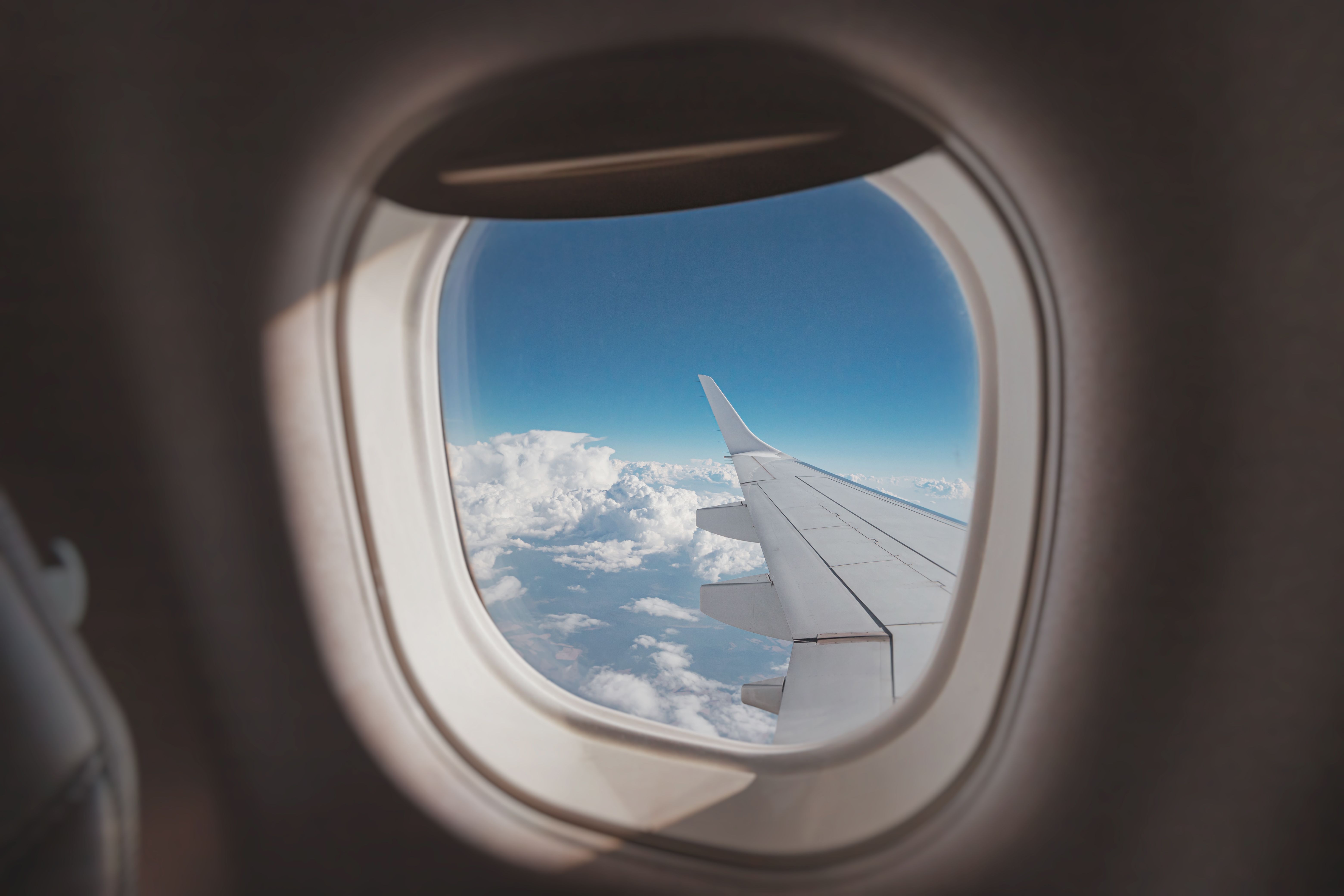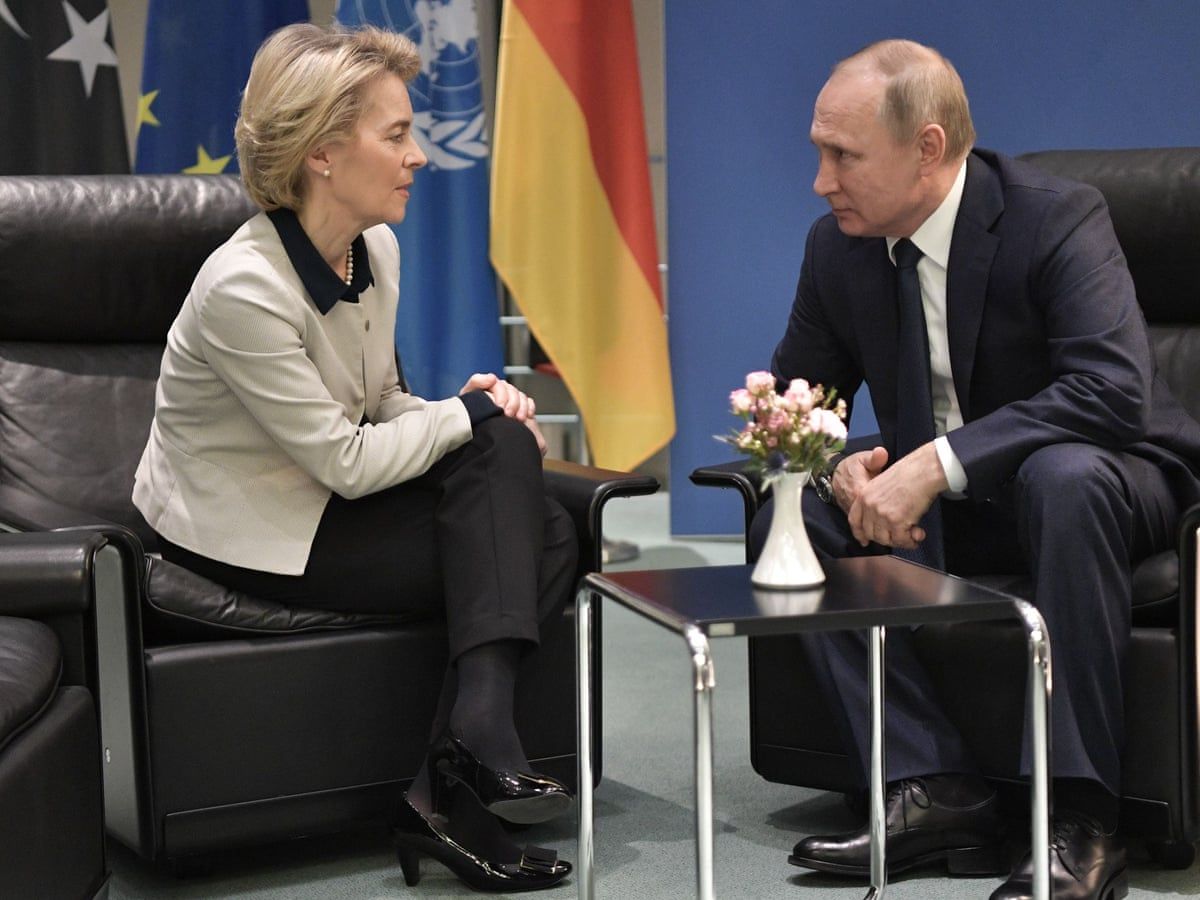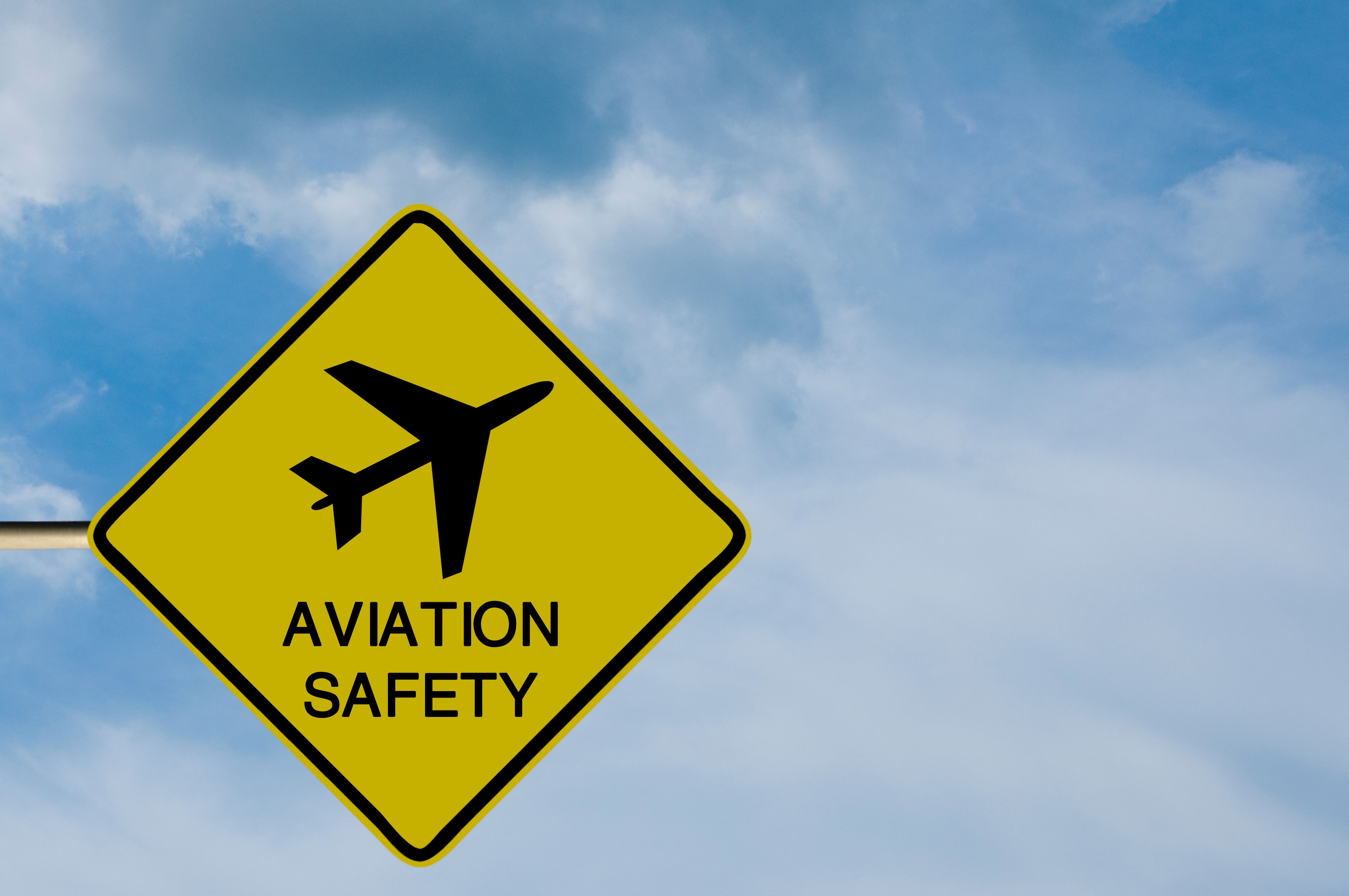Tensions in the Skies: Ursula von der Leyen's Plane Incident
Turbulence in Diplomatic Travel
In recent news, an incident involving Ursula von der Leyen's plane has brought to light the complexities and potential hazards of diplomatic travel. As the President of the European Commission, von der Leyen frequently travels to foster international relations and promote European interests globally. However, her latest flight became a focal point for discussions on safety protocols and diplomatic intricacies in the aviation sector.

The Incident Unfolds
The incident occurred during a routine flight intended to connect key European leaders with their international counterparts. While details remain partially confidential due to security reasons, it is known that the plane faced unexpected technical difficulties that necessitated an emergency landing. Such incidents, though rare, underscore the unpredictable nature of air travel, even for high-profile figures.
Emergency protocols were promptly activated, ensuring the safety of all passengers on board. This incident has sparked discussions within the aviation community about the need for enhanced safety measures, particularly when transporting dignitaries.
Repercussions on Diplomatic Relations
The diplomatic implications of this incident reach beyond immediate safety concerns. Von der Leyen's disrupted travel plans meant a delay in scheduled meetings with international leaders. Such disruptions can potentially strain diplomatic relations, as face-to-face discussions are often pivotal in resolving complex international issues.

Moreover, countries hosting diplomatic visits are reminded of their responsibility to ensure the safety and security of visiting dignitaries. This incident serves as a catalyst for reviewing existing protocols and potentially implementing more stringent measures.
Ensuring Future Safety
In response to the incident, aviation authorities and diplomatic bodies are expected to revisit their current safety frameworks. This may include:
- Conducting comprehensive technical inspections of aircraft used for diplomatic travel.
- Enhancing training programs for crew members on emergency response.
- Improving communication channels between pilots and ground control during emergencies.
Such measures aim to prevent similar incidents in the future, ensuring that diplomatic missions continue unhindered and safely.

Public Perception and Media Attention
The incident has also caught significant media attention, with public reactions ranging from concern for von der Leyen’s safety to critiques of the involved parties’ handling of the situation. In today’s digital age, such events rapidly become subjects of discussion on social media platforms, further amplifying their impact.
The scrutiny highlights the need for transparency and effective communication from authorities to maintain public trust in both aviation safety and diplomatic processes.
A Call for International Cooperation
This plane incident serves as a reminder of the interconnected nature of global diplomacy and air travel. It calls for international cooperation in enhancing aviation safety standards and sharing best practices for managing emergencies. Such collaboration not only safeguards prominent figures but also contributes to the overall safety of air travel for all passengers worldwide.
As discussions continue in the wake of this incident, it is crucial that lessons learned are translated into actionable policies that strengthen both aviation safety and diplomatic relations.